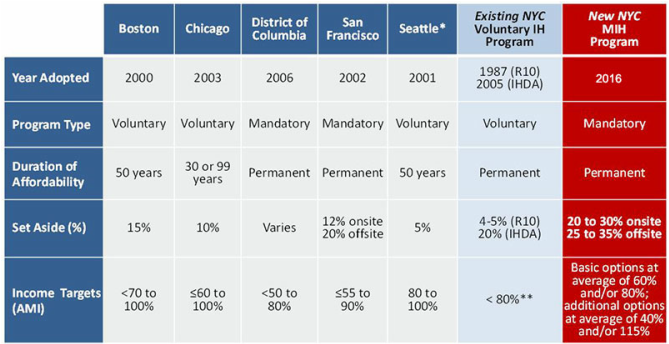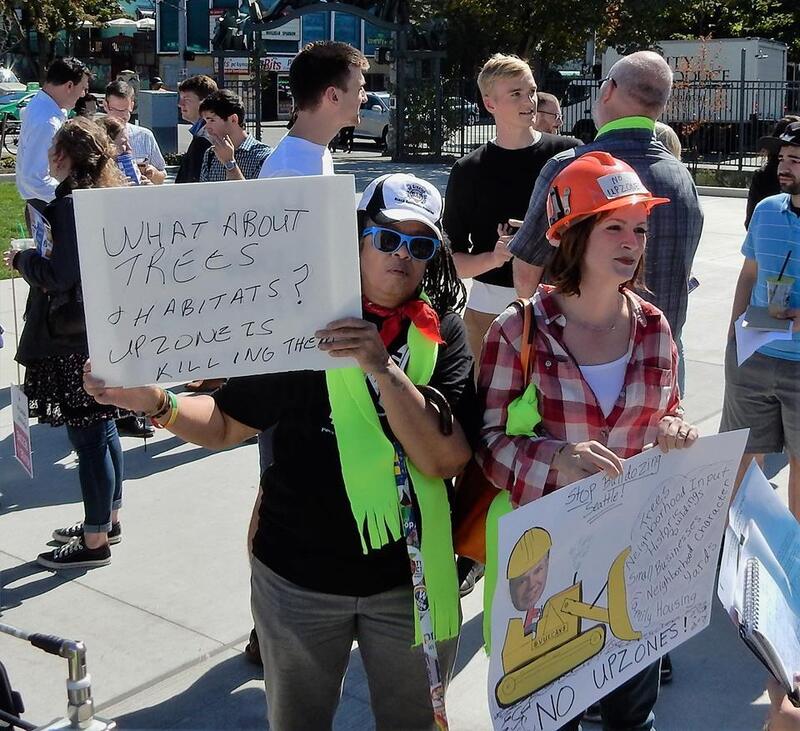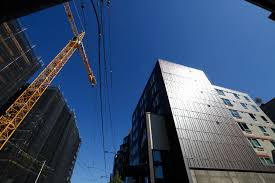 by Shirley Nixon and Nancy Bocek, co-leads of Livable U District Increasing allowable building heights in the U District by 400% to nearly 500% in many cases (current 55’, 65 and 85'maximums to 240’ and 320’) is a too massive and unnecessary upzone! The U District is indeed to become a sacrifice zone, with its unique character destroyed forever. We need to tell our elected officials that this upzone proposal is unacceptable, unsupportable and unfair. But Council Member Rob Johnson seems determined to vote it out of his PLUZ Committee and adopted by the full council in just a few short weeks. If this is to be prevented, City Council members must hear now from residents and independent business owners who want a more Livable U District and First Things First instead of an upzone ordinance that will only blanket the community with taller densely packed buildings, less livability, and more displacement. Where do we fit in all this? Dispelling the myth that this upzone is what "the community" wants and needs. Read More...
1 Comment
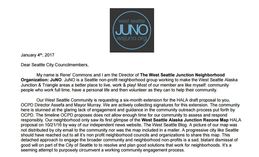 The West Seattle Junction Neighborhood Organization, JuNO, sent a letter to City Council requesting a six month delay on the HALA draft proposal before proceeding to an Environmental Impact Study or EIS. Please see the attached letter for an outline of their concerns, which include a lack of neighborhood outreach by the city and not enough time for the neighborhood to responsibly study and respond to the proposed rezones. If you would like more info on JuNO and how to get involved, please email: wsjuno@yahoo.com
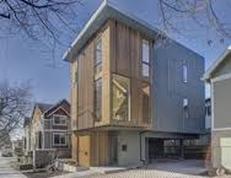 by Lisa Parriott In 2012, Dianna McLeod, a senior citizen, called the City of Seattle’s DPD and asked if her side yard was a buildable lot. She was told no. Immediately following, developer Dan Duffus bought her property, split the lot in 2, built and sold a towering toaster box house on the new lot for a large profit. Our neighbor, a senior citizen, contracted with a professional real estate agent to sell his home with a large side yard. His north Admiral (West Seattle) property sold for $505,000 less than 14 months ago to developer Cliff Low. He now lives in a trailer park in Puyallup. On January 12, 2017, 9AM @ Seattle Municipal Tower in Parriott vs. City of Seattle, the neighbors will make the case to the City’s Hearing Examiner that the side yard is not a separate building site, based on a 1957 City LU Code loophole – Historic Lot Exception. If unsuccessful, Cliff Low will have secured a vacant lot in Seattle for little to no money. He will be allowed to squeeze a towering toaster box home onto the side yard and walk away with over $400,000 profit. read more... 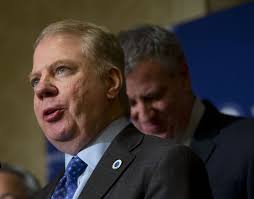 by Jon Lisbin The Seattle City Council is considering massive upzones in the University District as the first implementation of it's "Inclusionary Housing" strategies throughout the city. Truth is, if I was Mayor, I may have taken the same approach. Put together a panel of experts and stakeholders to come up with strategies to address Seattle’s affordable housing crisis. Unfortunately, that’s where intelligence ended and corruption began. The composition of HALA (Housing and Livability Agenda) Committee was heavily weighted toward developers and their interests. The resulting skewed report was biased towards special interests. I know, at this point you are saying “another conspiracy theorist”. However, the facts behind my assertion are quite compelling. Maybe I can speak in a language city officials are familiar with?
I know the train has left the station. I know it would take true courage to stop it now. I ask that our city leaders have that courage! * Seattle's current plan calls for 3 - 8% Set Asides, significantly below other major cities, but not set yet.
Public Comment at City of Seattle Hearing re: Proposed Upzone of the University District11/20/2016 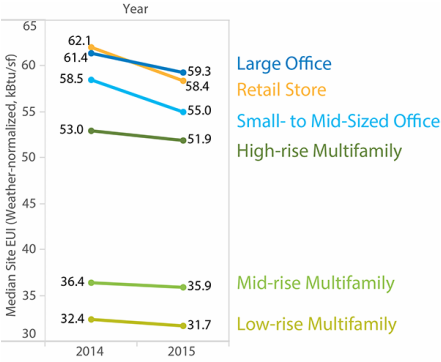 by Linda Nash and Jim Hanford 2016 will be the hottest year on record. Atmospheric carbon levels are now higher than they have been in 4 million years. Seattle has admirably made the commitment to carbon neutrality by the year 2050. Locating new housing and businesses near transportation is an important step. But that alone is not enough. One-third of Seattle’s energy use comes from buildings. In order to achieve carbon neutrality while continuing to grow, the City will have to transition the vast majority of its building stock away from the consumption of electricity and fossil fuels. Yet high-rise construction, as proposed here, is a high-carbon option. Seattle’s own data show that high-rise multi-family buildings currently consume 45% more energy per square foot than mid-rise multi-family and 64% more than low-rise multi-family. In the case of tall buildings, the emphasis on small efficiency improvements and “LEED” certification merely serves to make wasteful construction slightly less unsustainable. There are significant obstacles to making tall buildings energy and carbon efficient: they require more elevators and air-conditioning; they have more exposure to wind and sun and have higher rates of heat gain and loss; they have a small roof-top area limits the potential to use solar and other renewables. To make matters worse, tall buildings exacerbate the effects of very high temperature days (which we are now experiencing in the summer) by raising surrounding air temperatures and decreasing air flow between buildings. Their long shadows also limit the potential for solar energy on adjacent sites. If Seattle truly wants to mitigate climate change, it will need to prioritize energy considerations in zoning and the design of buildings. Modern, tower-dominated downtowns emerged in an era of cheap and abundant fossil fuels, and they do not obviously serve the needs of the twenty-first century. Buildings last for many decades and will shape the city’s design and energy needs far into the future. We can’t afford not to get it right. Read more by Jim Hanford: High-rises are energy hogs, not climate solutions 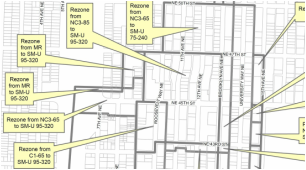 by Shirley Nixon Attached is a map for the U District rezone showing areas to be upzoned under the new ordinance. Dozens of MR and NC blocks zoom from a max of 65’ to 240’ or 320’. All of the rezone is north and west of the UW Campus “Institutional Overlay Zone”. As if this increase in density (without concurrent infrastructure improvements) isn’t bad enough, a few weeks ago the UW released its draft Campus Master Plan that calls for adding – in the next ten years – 3 million net gsf of new space and 22 buildings on its West Campus alone; and 12 million net gsf campus-wide. The U District simply cannot accommodate all of this new growth and retain affordable existing housing and livable neighborhoods. Special interests and the UW have been steadily working toward this skyscraper rezone of the U District and campus expansion for many years: long before the HALA Grand Bargain idea ever came to be. They now try to miscast opponents of this exponentially out-of-scale upzone as opponents of affordable housing. Not true. Not even close. 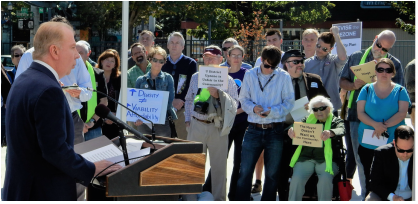 Last month the Mayor came to the U District to tout his upzone plan and the reception got chilly rather quickly. According to displacement activist John Fox, CM Rob Johnson and the Mayor don’t feel that upzoning the UDistrict from 240′-320′ highrises from current 45′ to 65′ heights would “stimulate any increase in the amount of new residential and commercial development over what we’re already getting under current zoning.” That’s when the bullshit meter spiked, the residents howled, and the Mayor took a quick exit stage left. Please read the entire article . 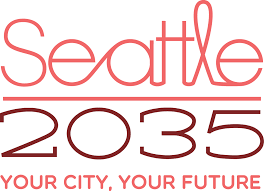 This attachment from the CNC Land Use Committee was sent to Rob Johnson the Land Use Chair on City Council prior to the Sept. 15 hearing on the 2035 comp plan. The 24 page document summarizes recommended changes in each section of the comp plan to be considered before passage of the 2035 comp plan at Full Council Monday, October 10. You are encouraged to email your comments in support of proposed changes as selected from the attached document or just endorsement of the entire document before October 10. The recommendation is to vote no on the passage of the 2035 plan until more essential recommendations from the CNC document are incorporated into 2035 comp plan. There will be opportunity to oppose passage at the Full Council meeting Oct. 10. Bonnie 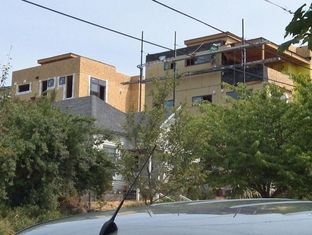 by Sarajane Siegfriedt As John Fox and the Seattle Displacement Coalition correctly said, in Comp Plan Land Use Appendix A-1 page three totals), the real number is 35%. The 65% comes from the City Dept. of Planning which is the mouthpiece of the developers. They've excluded rights-of-way from the total acreage to get "Net Acreage." What's that? Why would anyone include it? Then for some inexplicable reason, they include parks and even Green Lake in the single-family part. So both the numerator and the denominator have to be changed to get this "65% of Seattle is zoned SF" Big Lie. The culprit is the city planners, who are in the pockets of the developers. The real question for [the author of a recent crosscut article] Eric is, what is the carrying capacity of the zoned land? For SF >4,000 s.f., it's two units, either a mother-in-law apartment or a backyard cottage. If the HALA is successful in upzoning all urban villages to low-rise or midrise, what is the zoned capacity of these areas? In my Lake City urban village, a 162-unit, 7-story (not 6) midrise (with 6 so-called live/work units on the ground floor) is replacing three SF homes and one 22-unit courtyard building. I figure that's an increase of 600% to 800%, or 15% affordable units displaced by 162 new market-rate units. (These 25 units were demolished in 2015.) The HALA proposes to increase multifamily zoning from 10% of the city to 13% in urban villages, plus upzoning along transit corridors to midrise multifamily (NC-65) for another 3% of the city to make multifamily zoning 16% of the city. That's a 60% increase from current acreage, and an increase of capacity of at least 600%. It's hard to defend any more increases to SF density on the basis of need, unless you believe developers need to develop more SF mansions. Bingo! |
||||||
Contact Us
Seattle Fair Growth
2442 NW Market Street, Box 487
Seattle, WA 98107
sfg@seattlefairgrowth.org
2442 NW Market Street, Box 487
Seattle, WA 98107
sfg@seattlefairgrowth.org
Subscribe
Join our mailing list today!

